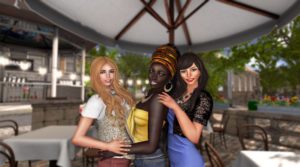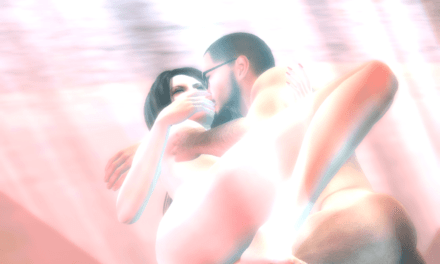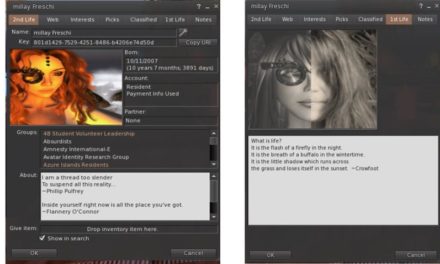“My real life is good. I feel very blessed, despite everything,” said long time SLitizen Stella Saxmundham. And her Second Life? “Heck, I have little desire to log on with an alt, or create a new one. It’s just too much trouble. I enjoy a good discussion, a great cuppa tea or a Coke while trading barbs (and recipes) with online friends. Doesn’t that beat arguing and hate filled trolling?”
Like many, Stella finds the fellowship she wants and needs in various groups of people she’s met and curated in Second Life.

Photo courtesy: Business Insider
Dance clubs, the Ahern Welcome Area, fishing piers, bordellos, race tracks, gambling dens – all of these are places where groups of people gather to be with other people. All have their old timers, and outsiders – their mother hens and their persistent griefers. Some of them work, and others fall apart.
It may turn out that each of us, in our real lives, will have to survive this pandemic alone or feeling isolated. Second Life allows us to not only find others with common interests, but also to find some incredibly different backgrounds that may force us to explore other aspects of ourselves and the world – assuming that we can keep an open mind. It is true that we do not have to be a part of a group, but it can broaden our outlook to listen to someone else’s life stories and share with them our own.
“Besides, no matter who I have ever played, at the end of the day and where it all matters, I have to live with myself,” Stella said. “The woman staring back at me in the mirror, from the very beginning until the absolute bitter end.”
There is no one thing that spells success with any group, but some researchers looking at how to use focus groups in virtual worlds may have stumbled on one key component: the core members who hold down the fort, and how they behave towards everyone – even those they dislike.
Some science
“The keys to virtual communication rely more heavily on avatar body appearance, some emoting of animations, and vocal inflections of the facilitator,” said researcher Charles Xiaoxue Wang in the article ‘Facilitating Group Discussions in Second Life’ published in March 2014 in the MERLOT Journal of Online Learning and Teaching. “Therefore, as pacesetters and role models, the facilitators set a norm of how group members treat each other.”
Dr. Wang’s research was specifically looking at how focus group facilitators could effectively moderate groups in Second Life compared with in person (real life) moderation of focus groups, but the findings may apply to successful group dynamics.
Where did I leave those fucks?
In the end, there is not a solution for the group break-ups that we encounter in Second Life, but individually, it is possible to view a Second Life quarrel as a simple unpleasant online interaction and move on. Some of us enjoy the idea of being liked, involved and included. That might be the reason we ventured into this virtual world, but when the fighting starts, we have to remember that in reality everything is actually all right until that is proven otherwise and use those opportunities to practice the control that we think we lack. Behave singularly, so that when you find yourself in diverse company, it will be easier to rise above the animosity and have fun with others who are here to do the same. Second Life can allow people to convey their deep-seated desires, antipathies or even genuine wishes for world peace. Frankly, it’s all fascinating to observe.
~Gina








Recent Comments